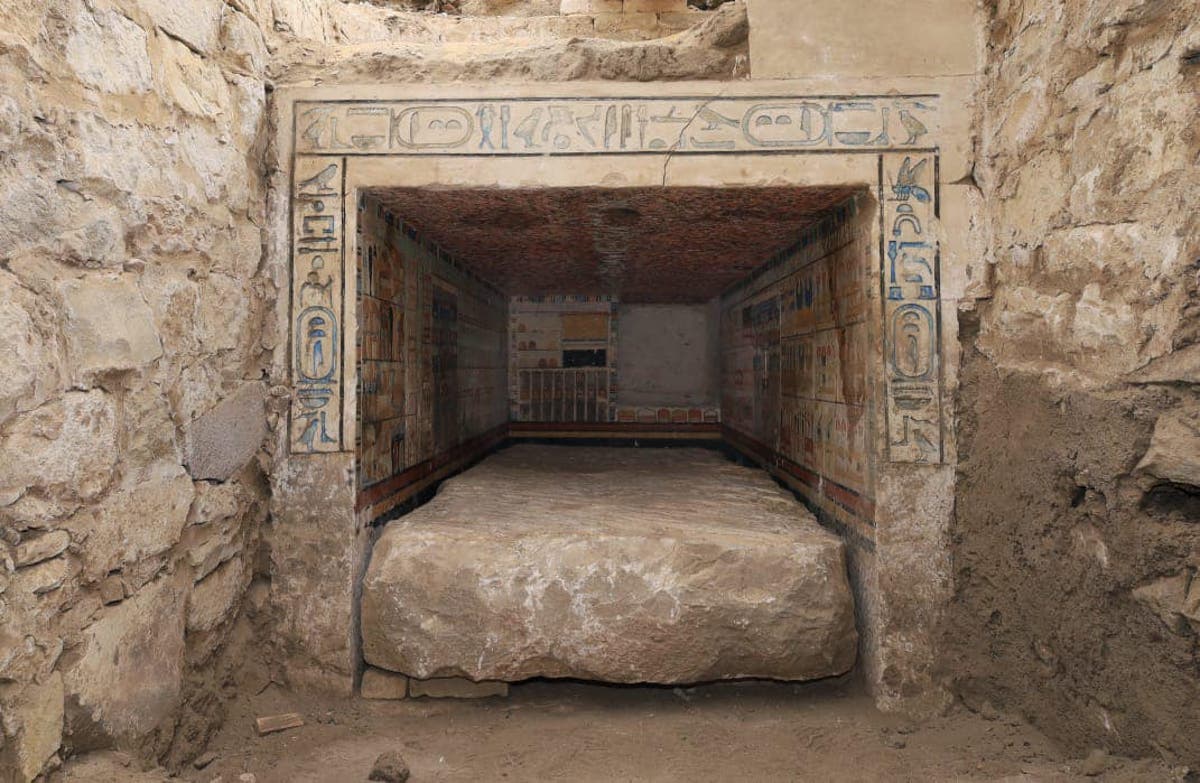The deployment of large-scale battery storage systems experienced significant growth in 2024, marking a major step forward in the transition towards cleaner energy sources. This technology, once considered nascent, is rapidly becoming a crucial component of the modern electrical grid, offering benefits for both human health and climate change mitigation.
The capacity to store large quantities of electricity in batteries has increased dramatically, with the U.S. reaching approximately 24 gigawatt-hours by the end of November 2024, a 71% increase compared to the previous year. This expansion directly addresses the limitations of intermittent renewable energy sources like solar and wind, enhancing their reliability and usability.
Furthermore, the rise of battery storage provides a viable alternative to traditional "peaker" plants, which are often powered by fossil fuels and contribute significantly to local air pollution. These plants, often situated near low-income communities, are activated during periods of high energy demand. Battery storage systems can instead quickly discharge energy onto the grid, reducing reliance on these polluting sources.
The benefits extend beyond environmental concerns. Battery storage technology enhances the ability to integrate renewable energy into the grid and address the growing challenges associated with variable weather patterns. As forecasting becomes more difficult, these systems provide greater grid stability.
Moreover, the global increase in electricity demand, driven by technological advancements and population growth, emphasizes the need for flexible and responsive energy solutions. Batteries can be quickly deployed in unexpected needs, offering a more versatile solution than traditional power plants.
However, the adoption of battery storage is not uniform across the United States. As of November 2024, a significant 86% of large-scale battery storage was concentrated in just four states: California, Texas, Arizona, and Nevada. This disparity highlights the need for broader implementation strategies.
While some regions lag due to a lack of clear deployment targets or concerns about reliability, experts anticipate a further increase in momentum. The successful integration of battery storage in states like California and Texas is serving as a testament to the technology's potential and encouraging adoption in other areas. This expansion is expected to play a critical role in building a more resilient, clean, and efficient energy future.







